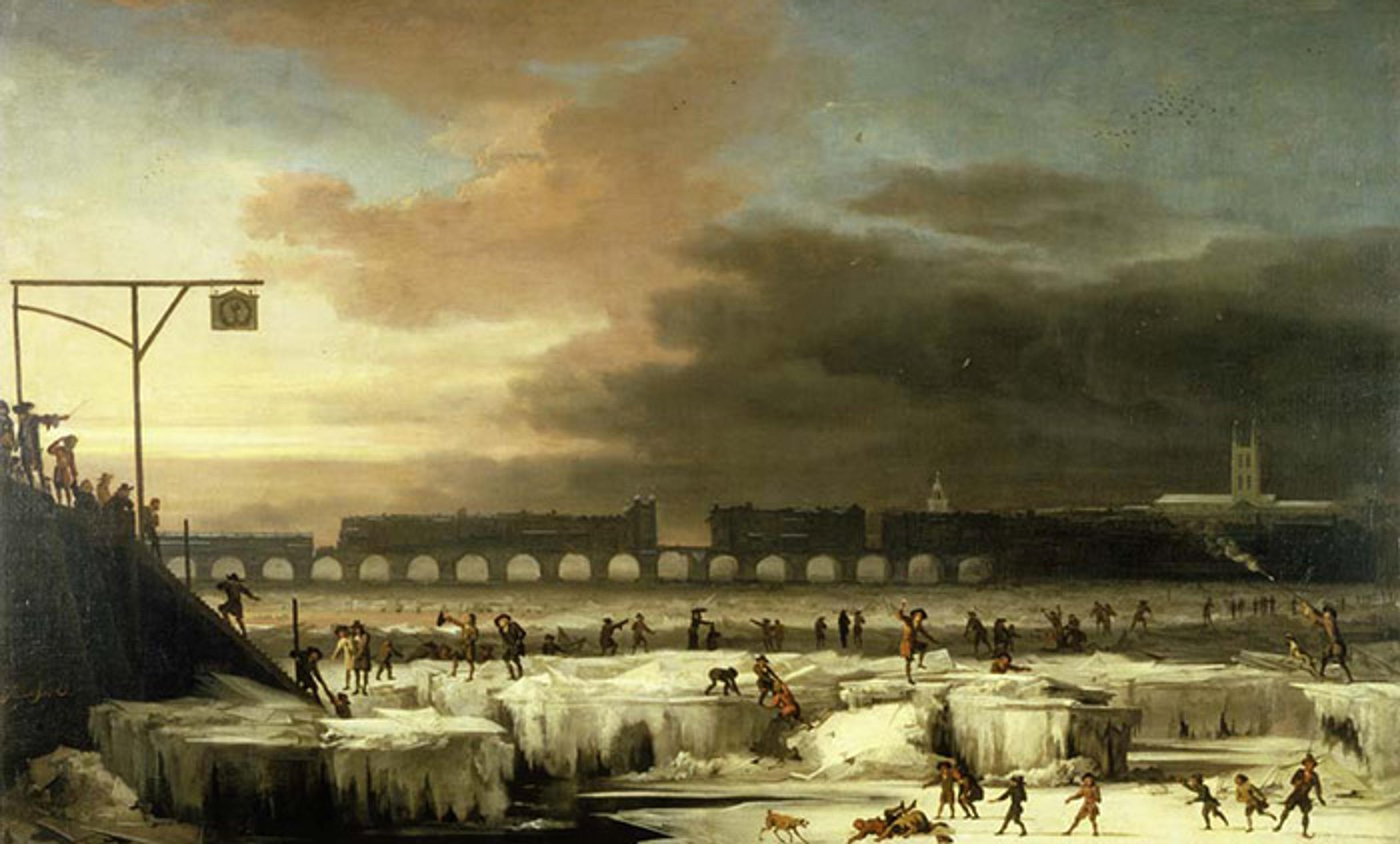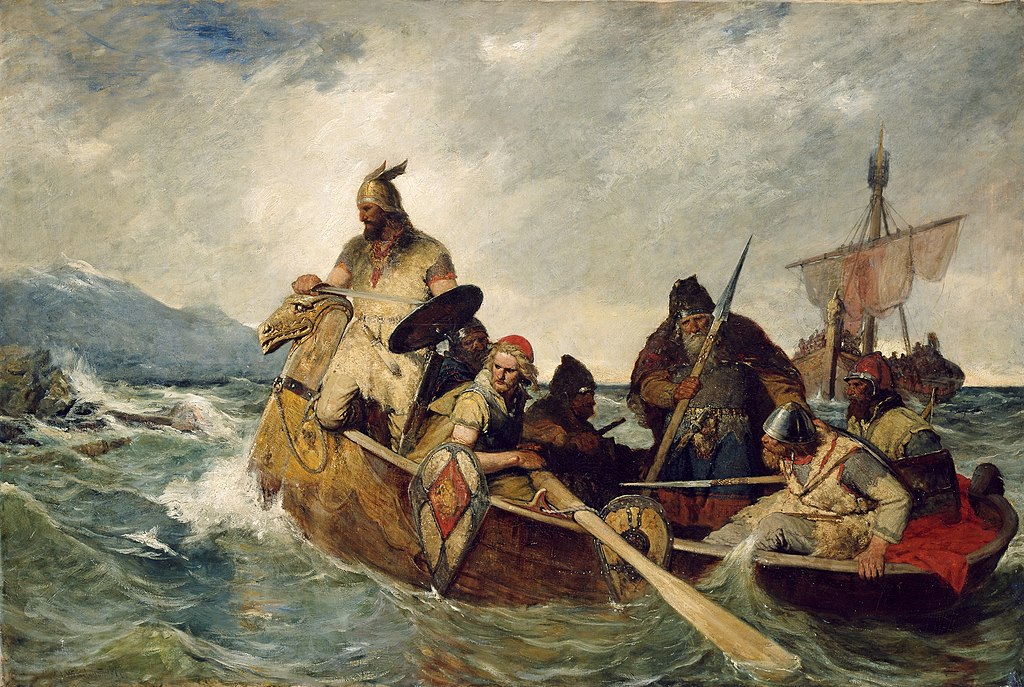Consequences on Humanity

Overview
The little ice age had a majorly profound effect on humanity. It caused mass famine, death, illness, scarcity, and brought new understanding of Earth's climate.
Due to many, many major events which include volcanic eruptions, declining Sun activity, waning AMOC strengths, and glacial movenment Europe and many other areas on Earth declined in temperature year-round. This affected daily life, colonization, agriculture, and many economies.
Famine and Economical Hardship
The wheat prices in various European countries


Due to the decreasing temperatures during the little ice age growing and farming seasons were majorly affected. Sometimes being moved months backward. Becaues of this prices would skyrocket, especially during colder years, due to the scarcity of wheat. This also affected other things but it was extremely bad for wheat.
"The effect of the LIA on Swiss farms was also severe. Due to the cooler climate, snow covered the ground deep into spring. ... In Norway, many farms located at higher latitudes were abandoned for better land in the valleys." (Scott A. Mandia, Little Ice Age) Farmers literally had to move areas en mass to accomodate the extreme climates.
The changing climate also affected storms and glacial growth which in turn made farmers move, destroyed property, and in general brought down property value. The oceans, seas and waterways were also changed; animals had to move areas to surive which aided some areas like England who got way more herring. Less taxes were collected due to decreased property value and there just being less property to tax.
Health Impacts

The middle ages were known as a time scarce of innovation and forward movement, but there were also many, many illnesses and plagues that were sprinkled throughout.
The decrease of wheat and increase in price lead to many famines and malnutrition across Europe. "... dearth (scarcity) and famine killed millions and poor nutrition decreased the stature of the Vikings in Greenland and Iceland." (Scott A. Mandia, Little Ice Age) People got so hungry that they shrunk over generations.
There was also an increase in malaria (ague) for some reason and many people got sick. Writers reference the illness in literature, like Shakespear; "William Shakespeare (1564-1616) mentioned ague in eight of his plays. Oliver Cromwell (1599-1658) died of ague in September 1658, which was one of the coldest years of the LIA." There were many areas that were known for having ague.
Effects on Society
Agriculture got so bad that people started rioting. They would convene around government buildings to protest the conditions. People followed and killed a king in Scotland whick caused a clan war.
The middle ages and even into the age of exploration people believed in witches. People thought witches were able to control the weather and started large hunts to try and fix the climate and bring back stable farming conditions. "Weather-making was thought to be among the traditional abilities of witches and during the late fourteenth and fifteenth centuries ... Extensive witch hunts took place during the most severe years of the LIA, as people looked for scapegoats to blame for their suffering." (Scott A. Mandia, Little Ice Age)
To contrast the severe cold that the LIA brought there was a period of extreme warmth that affected wheat in France. The grain would apperently shrivel up. This caused more unrest among the starving people who would direct all their toward the people in power. After a hailstorm severly ruined crops people protested. There were riots and fighting, "From that bad harvest of 1788 came the bread riots of 1789 which led to Marie Antoinette's alleged remark "Let them eat cake," and the storming of the Bastille."



